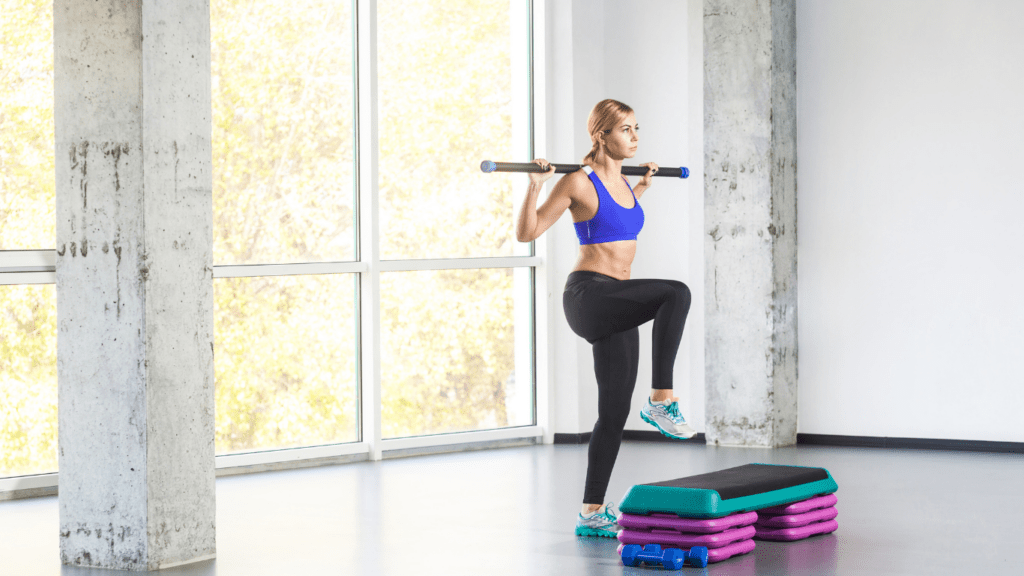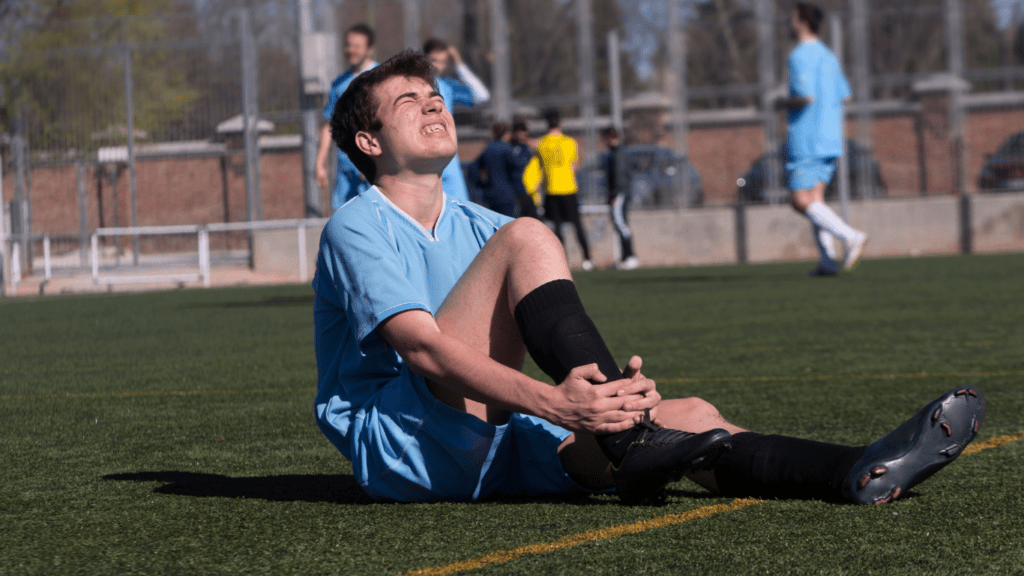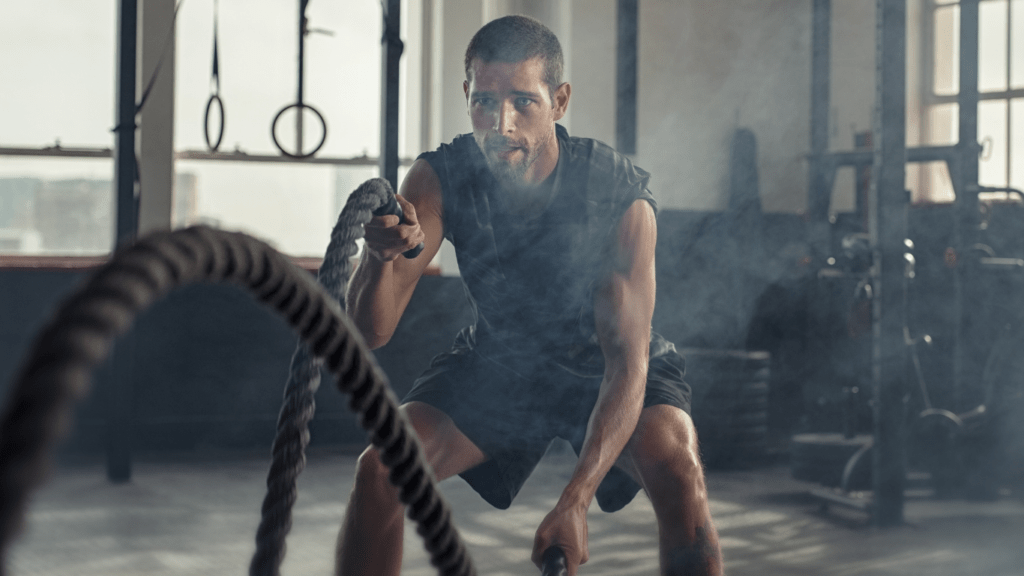When it comes to staying active and injury-free, most people focus on the big, visible muscles. But what about the smaller, often-overlooked stabilizer muscles? These unsung heroes play a crucial role in keeping our bodies balanced and protected during movement, yet they rarely get the attention they deserve.
Understanding Stabilizer Muscles
Stabilizer muscles play a vital role in maintaining balance and supporting movement. These smaller yet significant muscles work alongside primary movers to ensure smooth and efficient motion.
What Are Stabilizer Muscles?
Stabilizer muscles are smaller muscles surrounding joints and core structures. They work to maintain alignment and control during movement. Examples include the rotator cuff in the shoulder, transverse abdominis in the core, and gluteus medius in the hips. Unlike prime movers, which generate the force needed for actions, stabilizers focus on maintaining structural integrity.
Why Are Stabilizer Muscles Important?
Stabilizer muscles prevent injuries and improve functional performance. By providing joint support and balance, they reduce the strain on larger muscles and joints. Weak stabilizers can lead to compensations, increasing the risk of conditions such as tendonitis or ligament strain. Strengthened stabilizers enhance posture, coordination, and overall movement efficiency. Athletes, for instance, benefit from increased stability, improving agility and precision in complex motions.
The Role Of Stabilizer Muscles In Injury Prevention
Stabilizer muscles are essential for protecting the body from injuries during movement and physical activities. They provide balance and support, preventing imbalances that could lead to strain or injury.
Common Injuries Linked To Weak Stabilizer Muscles
Weak stabilizer muscles often result in compensatory movements, increasing stress on joints and soft tissues. This can contribute to several common injuries, including:
- Lower back pain: Insufficient core stabilization can lead to excessive spinal strain, causing discomfort or chronic pain.
- Knee injuries: Weak gluteus medius muscles often result in poor alignment, increasing the risk of ACL tears or patellar tendonitis.
- Shoulder impingements: Weak rotator cuff muscles fail to maintain shoulder joint alignment, leading to conditions such as rotator cuff tendinitis.
- Ankle sprains: A lack of stability in ankle muscles can make uneven surfaces or rapid direction changes hazardous.
Improving stabilizer strength reduces these risks by promoting proper movement mechanics.
How Stabilizers Enhance Joint Stability
Stabilizers enhance joint functionality by maintaining proper alignment during motion. They work consistently to support and steady the joints, even during complex activities. For example:
- Shoulder movements: The rotator cuff ensures the humeral head stays centered in the socket during arm motion, minimizing joint stress.
- Knee stability: The gluteus medius prevents inward knee collapse by balancing hip and thigh movements, critical during running or squatting.
- Spinal support: The transverse abdominis stabilizes the lumbar spine, controlling spinal flexion or extension during dynamic activities.
Strengthening these muscles helps distribute forces evenly, reduces joint wear, and prevents excessive strain, promoting long-term joint health and performance.
Effective Strategies For Strengthening Stabilizer Muscles

Strengthening stabilizer muscles enhances overall movement quality and reduces injury risks. These strategies integrate functional exercises, balance and core training, and resistance training to target stabilizers effectively.
Functional Exercises For Stabilizers
- I focus on exercises mimicking real-world movements to activate multiple stabilizer groups simultaneously.
- Single-leg deadlifts, step-ups, and lunges challenge stability while targeting muscles like the gluteus medius or calf stabilizers.
- Incorporating rotational movements, such as medicine ball chops, engages the core and shoulder stabilizers for better dynamic control.
- Functional exercises improve stability and coordination during daily or athletic activities.
Incorporating Balance And Core Training
Balance and core training directly target key stabilizers. I use tools like stability balls, balance boards, or BOSU balls to create an unstable surface, forcing stabilizers to engage. Planks, side planks, and bird-dog exercises strengthen the transverse abdominis and lumbar stabilizers. Activities like single-leg stands or lateral hops improve proprioception while promoting ankle, knee, and hip joint stability, reducing injury likelihood in unstable environments.
Role Of Resistance Training
Resistance training provides progressive overload to strengthen stabilizers effectively. I include compound movements like squats, bench presses, and overhead presses with controlled tempo to engage stabilizers without compensating. Movements with unilateral loads, such as dumbbell rows or single-arm presses, enhance core and shoulder stability. Resistance bands help stabilize small joints and improve the rotator cuff or hip stabilizers. Adding resistance improves muscle endurance, coordination, and functional capacity.
Benefits Of Strengthening Stabilizer Muscles
Strengthening stabilizer muscles provides numerous advantages, from reducing injury risks to improving overall functional movement. These benefits extend to athletes and individuals seeking better mobility, strength, and joint health.
Improved Athletic Performance
Stronger stabilizer muscles improve balance, coordination, and power, which are essential for sports-related movements. Enhanced joint stability allows athletes to perform dynamic actions such as sprinting, jumping, or pivoting with greater control and precision. For example, a well-trained gluteus medius contributes to better hip stabilization, reducing the likelihood of knee valgus during running or cutting. By supporting proper biomechanics, stabilizer strength also minimizes energy leaks, enabling athletes to maximize efficiency and endurance during high-intensity activities.
Enhanced Posture And Movement Efficiency
A robust stabilizer system improves alignment and reduces compensatory patterns during motion. Strong stabilizers like the transverse abdominis and multifidus support spinal integrity, promoting optimal posture and minimizing strain on the lower back. For example, these muscles help maintain a neutral spine during activities such as lifting or squatting, preventing misalignment that could lead to chronic pain. Improved movement efficiency lowers the risk of fatigue and ensures smoother, pain-free functional movements, benefiting everyday tasks and athletic endeavors alike.



 Founder & Head Performance Strategist
Founder & Head Performance Strategist
